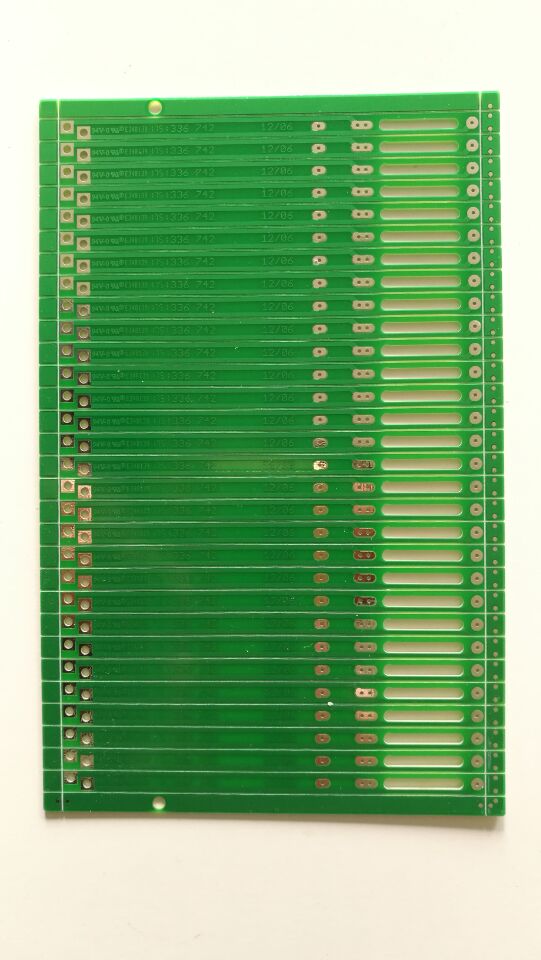As prices have fallen,
LED bulbs have become more prevalent. Recently, not only Japanese manufacturers, but also South Korea, China, Taiwan, and European manufacturers have begun to work on the production of LED bulbs. To this end, the reporter dismantled and analyzed the nine LED bulbs sold in East Asia, and found that there are huge differences in the design ideas between Japanese manufacturers and overseas manufacturers.
LED bulbs are gaining increasing attention as an alternative to incandescent bulbs. It is characterized by low power consumption. However, in addition to being more expensive than incandescent bulbs, many users also believe that there are design problems such as "larger" and "heavier". To this end, the reporter dismantled and analyzed the LED bulbs in East Asia, which are currently being sold and from many production bases, in order to find inspiration for solving the above problems. Through dismantling, we found differences in design ideas between Japanese manufacturers and overseas manufacturers. This is "Japanese manufacturers pay attention to product design, while overseas manufacturers give priority to cost."

The most obvious manifestation of this difference is the base of the LED bulb. LED bulbs from overseas manufacturers are equipped with heat sinks, while those from Japanese manufacturers do not have heat sinks. At first glance, it is thought that products without heat sinks are cheap, but in fact, when there is no heat sink, it is often necessary to use components with high heat resistance, so the cost is not lowered. The use of heat sinks is "in order to improve the design of the product" (Toshiba Lighting Technology). Not just the company, many Japanese domestic manufacturers are working hard to make the shape of the LED bulb close to the incandescent bulb. The LED bulbs of overseas manufacturers "reduced the cost by adopting a nearly extensive design" (assisted dismantling technicians).
Let's take a closer look at the different design ideas embodied in the appearance.
The surface temperature of the bulb housing is different
A total of nine LED bulbs were dismantled, including eight randomly selected products from Korea, China, and Taiwan, and one that was closest to the incandescent bulbs from the products sold in Japan (Figure 1, Table 1). These products use the E26/27 common light port. In terms of the nominal value of the product, the power consumption is in the range of 4 to 7.5 W, and the total luminous flux is in the range of 210 to 600 lm. Among them, the 7.2W product of Toshiba Lighting Technology, the 7.1W product of South Korea's Samsung LED, and the 7.5W product of China Qinshang Optoelectronics, which are close to the power consumption and total luminous flux, are group A, and the rest are group B. (Edit: LEDxume)
Figure 1: Disassemble 9 LED bulbs
The 7.2W products of Toshiba Lighting Technology, the 7.1W products of Samsung LED and the 7.5W products of Qinshang Optoelectronics are listed as Group A and others as Group B due to the similar power consumption and total luminous flux. Both power consumption and total luminous flux are nominal.

Single Side Board, FR4 TG135 Material. copper thickness 1oz finished. LF-HASL surface treatment with green solder mask. board thickness 0.6+/-0.1mm. Min.line width/Min.line spacing 0.15/0.15mm. E-test: 100% 30up with routed&v-cut. No x-out allowed.
Single Side Board, FR4 TG135 Material. copper thickness 1oz finished. LF-HASL surface treatment with green solder mask. board thickness 0.6+/-0.1mm. Min.line width/Min.line spacing 0.15/0.15mm. E-test: 100% 30up with routed&v-cut. No x-out allowed.
The single side boards are generally simple, so the production process is simplified and the cost is low.
A lot of PCB boards are made as FR4, and some of the low-end products are made as CEM-1

Single Side Board
Single Side Board,Single Sided PCB,Single Sided PCB Board,Single Layer PCB
Orilind Limited Company , http://www.orilind.com



